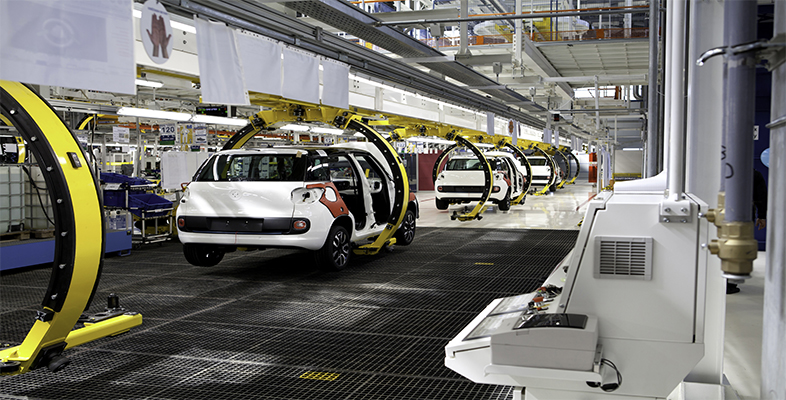2.2 Human error
There is one more aspect to discuss in identifying the cause of accidents. Engineers can work hard at making sure they have the right designs, the right materials, the right working approaches and the right safety systems. As already highlighted, very few accidents are caused by one event or failure; there are potentially various interactive small failures, which eventually coincide to cause the event. However, there is also another consideration: the majority of accidents are caused not by materials or safety systems, but by people. This is known as ‘human error’ – that is, errors made by people rather than by equipment or systems. In fact, according to Heinrich, 80–90% of accidents are due to human error (Heinrich et al., 1980).
Similarly, an often quoted study of severe and fatal industrial accidents by Salminen and Tallberg (1996) found that 84–94% were due mainly to human error. A national survey of traffic accidents in the USA found that of over two million road accidents, some 94% were due to human error (NHTSA, 2015); only 2% were attributed to vehicles and 2% to the environment. So human error is not a trivial factor to consider.
The influence of human error in a chain of events leading up to an accident can occur despite the best training, standard operation protocols or systems available. Many major accidents were initiated by human error. For example:
- Chernobyl, a nuclear reactor explosion in 1986 that caused around 50 immediate deaths, a currently unknown (but hotly disputed) number of future deaths and the contamination of a massive area of land (WHO, 2006)
- Piper Alpha, a fire on a North Sea oil production platform in 1988 that caused the deaths of 167 of the 228 people on board (HSE, 2004)
- Texas City, an oil refinery explosion in 2005 that caused 15 deaths and 180 other injuries (CSB, 2007).
As human error is difficult to eliminate completely, it is important that any design, system or approach takes this into consideration. People make mistakes, or they simply forget to do things, or sometimes they decide not to do things because they do not understand their worth.
Returning to the Deepwater Horizon disaster, the team that investigated the events concluded that a series of eight failures led to the accident. Of these eight, at least three were governed by human decisions: the results of a seal test were misinterpreted, raised flows were not identified as a leak, and there were weaknesses in the BOP testing and maintenance management system. As a result, human error was a significant contributory factor to the overall incident.
